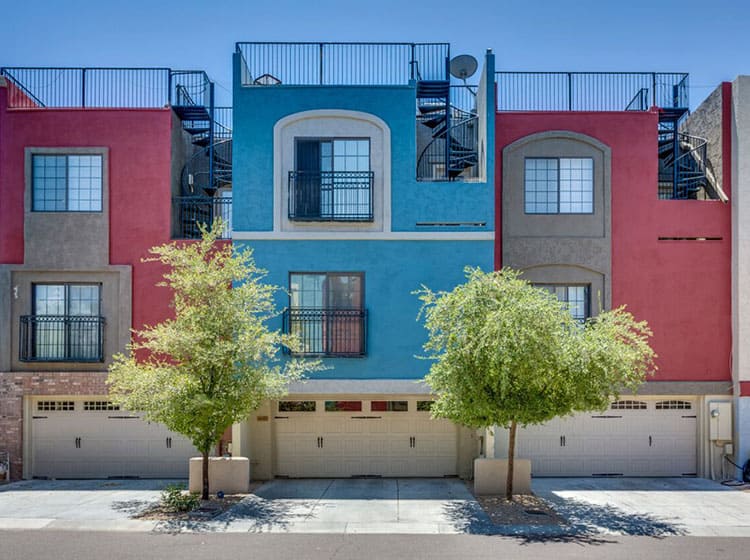Seasonal Considerations For Industrial Outside Paint: What You Need To Know
Seasonal Considerations For Industrial Outside Paint: What You Need To Know
Blog Article
Web Content Composed By-Regan Celik
When you're planning an industrial external painting job, seasonal variables can make or break your results. You'll wish to take into consideration how temperature and moisture impact paint application and drying out times. Choosing the appropriate season can ensure your paint sticks effectively and lasts longer. Yet which https://daltontzfkp.angelinsblog.com/34163103/master-the-art-of-choosing-a-quality-paint-firm-by-discovering-necessary-qualities-yet-what-hidden-indicators-should-you-really-seek are absolutely the best for this type of work? Let's discover the key elements that can influence your job's success.
The Impact of Temperature on Paint Application
When you're intending a commercial exterior painting project, the temperature can substantially influence how well the paint adheres and dries out.
Preferably, you intend to paint when temperatures vary in between 50 ° F and 85 ° F. If it's also cool, the paint might not cure correctly, resulting in concerns like peeling off or fracturing.
On the flip side, if it's also hot, the paint can dry also quickly, protecting against proper bond and leading to an unequal surface.
you can check here must additionally think about the moment of day; morning or late afternoon provides cooler temperatures, which can be much more desirable.
Always check the manufacturer's referrals for the details paint you're making use of, as they often provide guidance on the perfect temperature range for ideal results.
Humidity and Its Effect on Drying Times
Temperature level isn't the only environmental variable that influences your industrial external paint task; humidity plays a substantial function as well. High moisture degrees can decrease drying times dramatically, affecting the overall high quality of your paint task.
When the air is filled with dampness, the paint takes longer to treat, which can result in concerns like bad adhesion and a greater threat of mildew growth. If you're painting on a particularly humid day, be planned for extensive delay times in between layers.
It's important to keep track of regional weather conditions and strategy accordingly. Preferably, go for humidity levels in between 40% and 70% for optimum drying.
Keeping these factors in mind guarantees your project stays on track and delivers a long lasting surface.
Best Seasons for Commercial Outside Paint Projects
What's the very best season for your commercial outside paint tasks?
Springtime and early fall are usually your best options. Throughout these seasons, temperature levels are mild, and moisture degrees are commonly reduced, producing ideal conditions for paint application and drying out.
Prevent summertime's intense heat, which can trigger paint to completely dry as well rapidly, causing inadequate adhesion and finish. In a similar way, winter's cold temperatures can hinder appropriate drying and treating, running the risk of the longevity of your paint work.
Aim for days with temperature levels between 50 ° F and 85 ° F for optimum results. Keep in mind to examine the local weather prediction for rain, as wet problems can spoil your task.
Preparation around these variables guarantees your paint job runs efficiently and lasts much longer.
Conclusion
To conclude, planning your business outside paint jobs around seasonal factors to consider can make a substantial difference in the end result. By scheduling work during the perfect temperatures and moisture degrees, you'll guarantee better bond and drying out times. Remember to watch on neighborhood weather forecasts and select the right time of year-- springtime and very early loss are your best bets. Taking these steps will assist you achieve a resilient and specialist surface that lasts.
